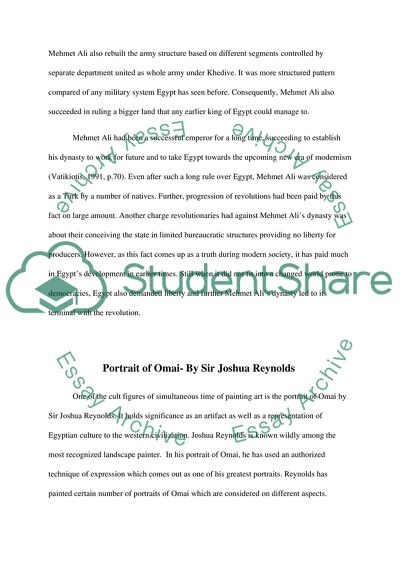Cite this document
(“Significance of Mehmet Ali Term Paper Example | Topics and Well Written Essays - 2500 words - 1”, n.d.)
Significance of Mehmet Ali Term Paper Example | Topics and Well Written Essays - 2500 words - 1. Retrieved from https://studentshare.org/history/1752548-egypts-powerful-influence
Significance of Mehmet Ali Term Paper Example | Topics and Well Written Essays - 2500 words - 1. Retrieved from https://studentshare.org/history/1752548-egypts-powerful-influence
(Significance of Mehmet Ali Term Paper Example | Topics and Well Written Essays - 2500 Words - 1)
Significance of Mehmet Ali Term Paper Example | Topics and Well Written Essays - 2500 Words - 1. https://studentshare.org/history/1752548-egypts-powerful-influence.
Significance of Mehmet Ali Term Paper Example | Topics and Well Written Essays - 2500 Words - 1. https://studentshare.org/history/1752548-egypts-powerful-influence.
“Significance of Mehmet Ali Term Paper Example | Topics and Well Written Essays - 2500 Words - 1”, n.d. https://studentshare.org/history/1752548-egypts-powerful-influence.


